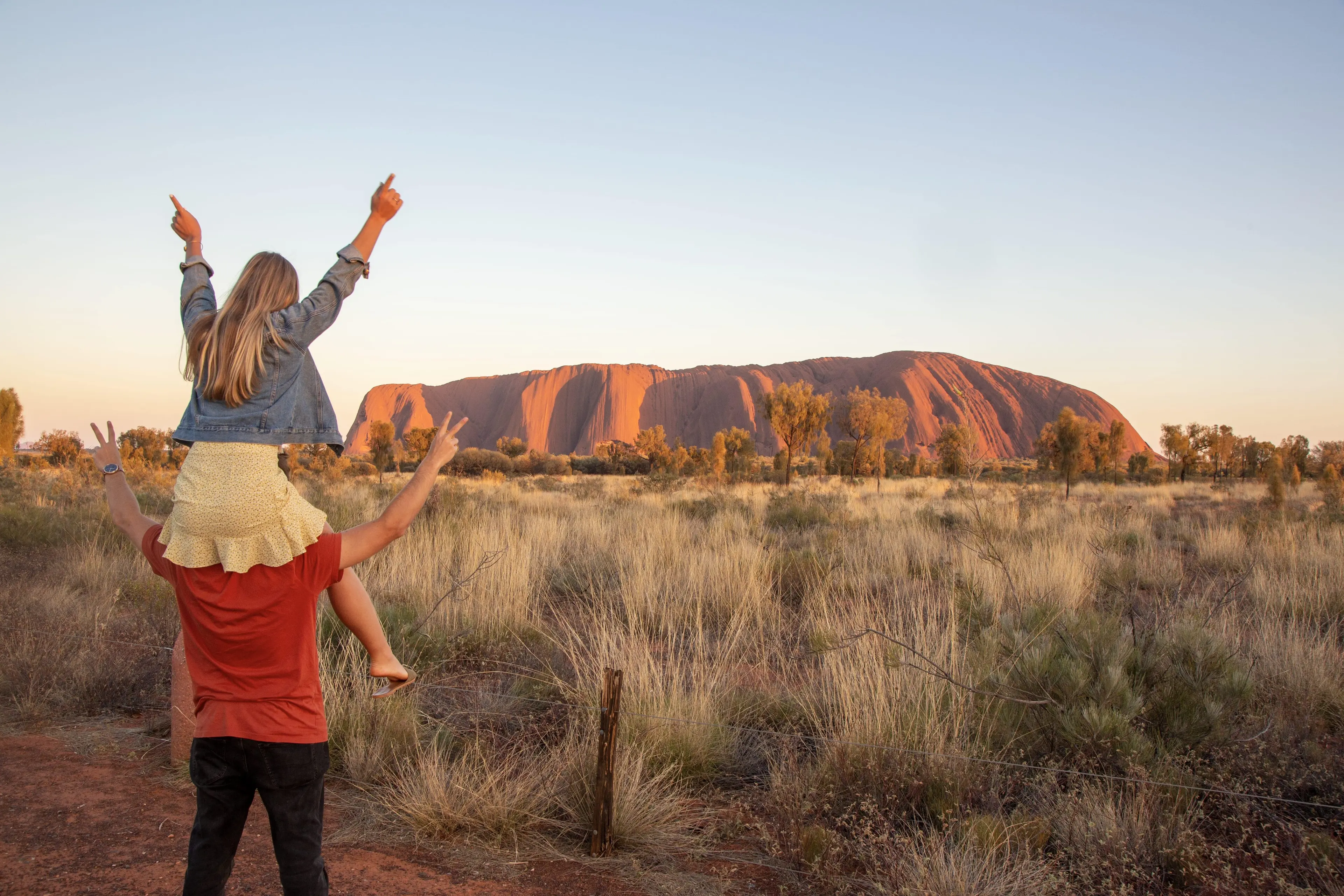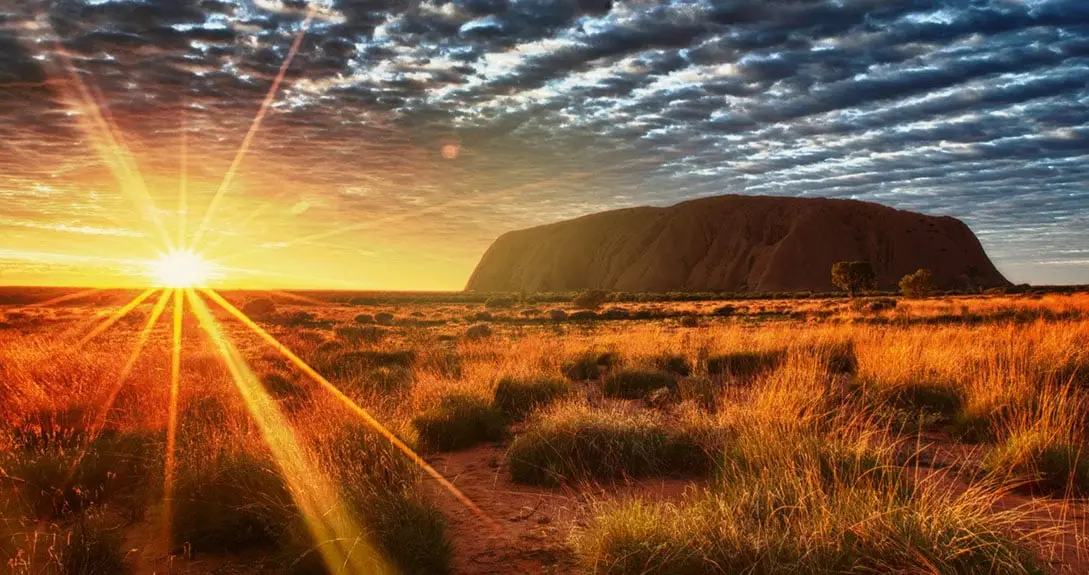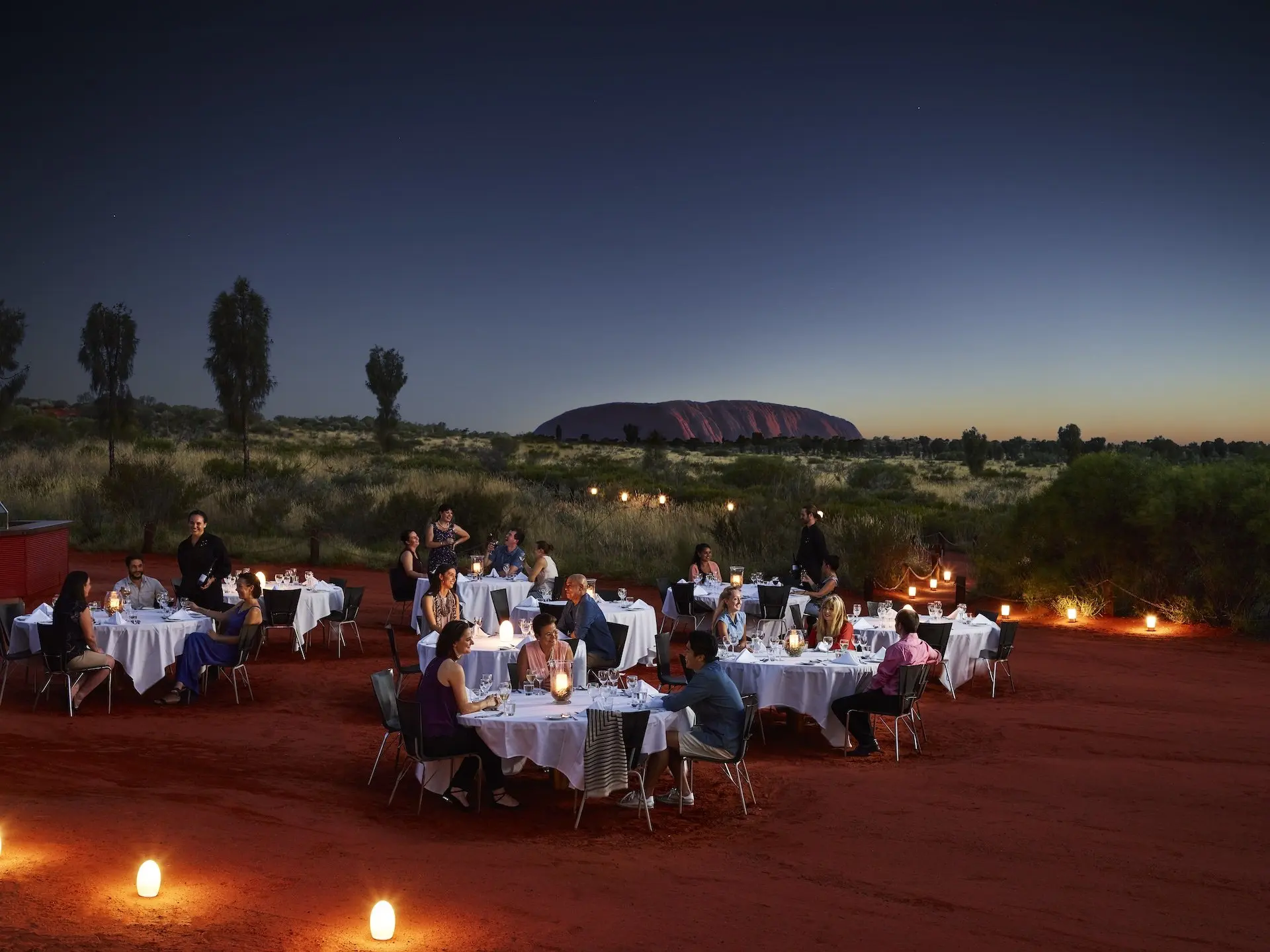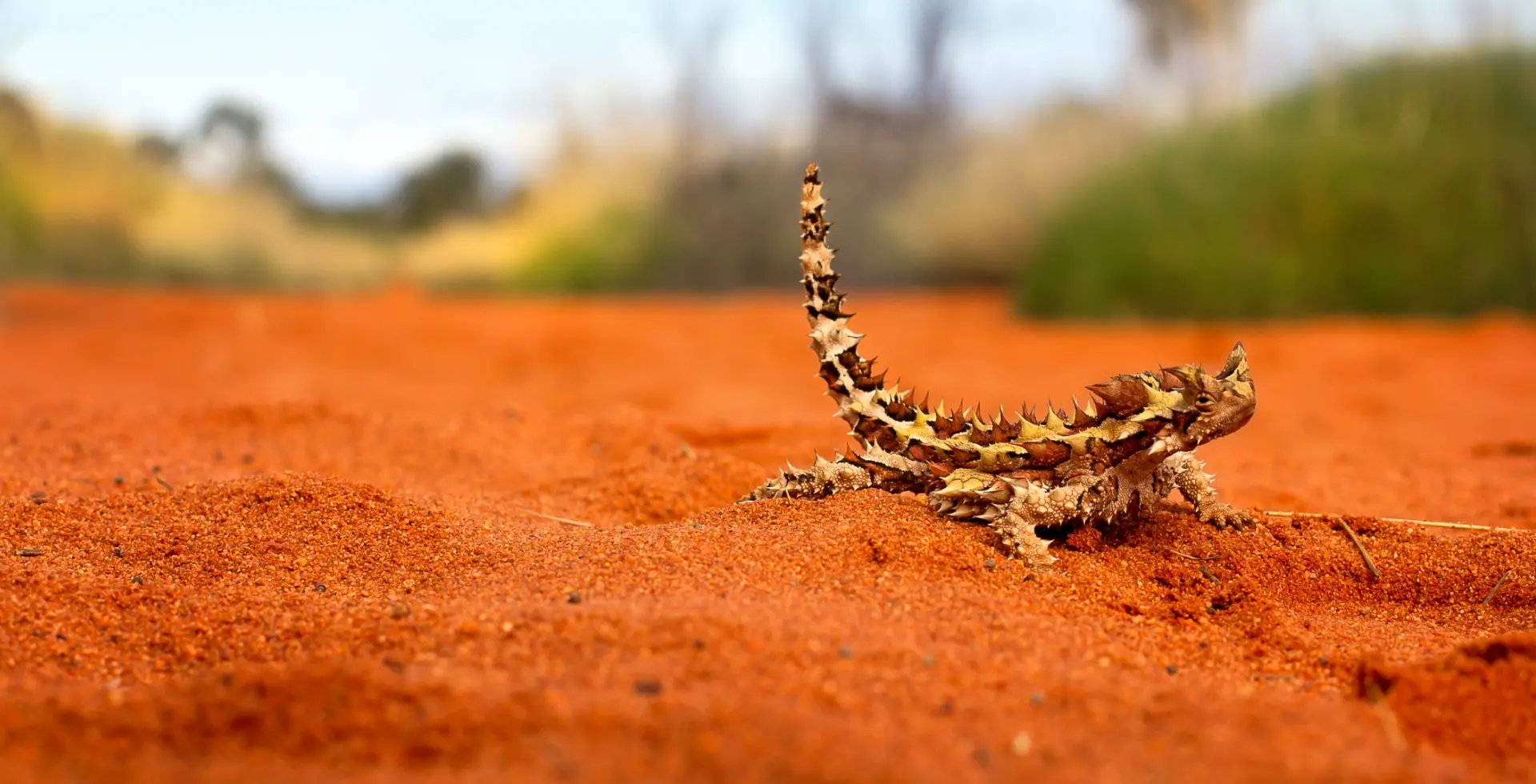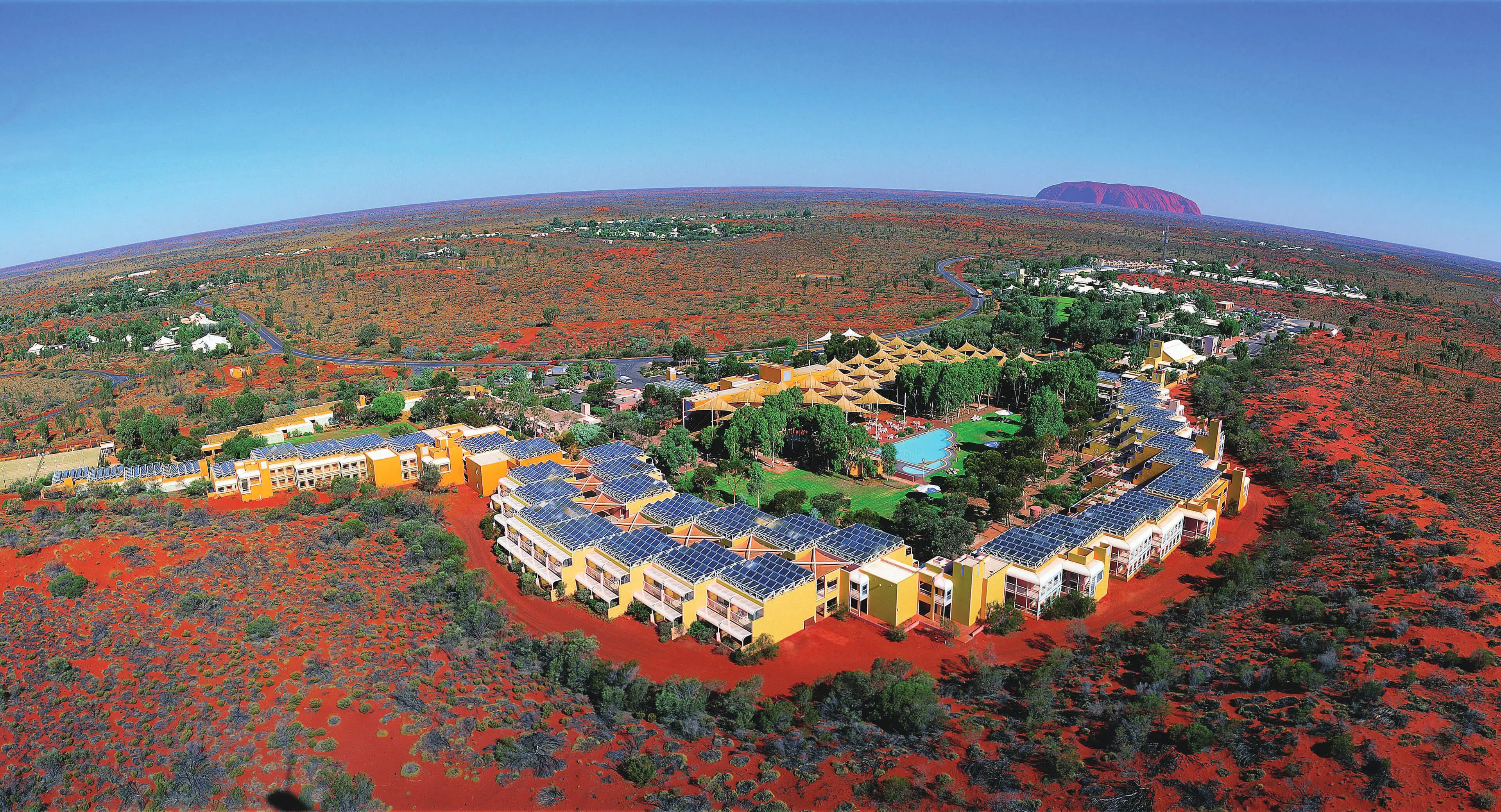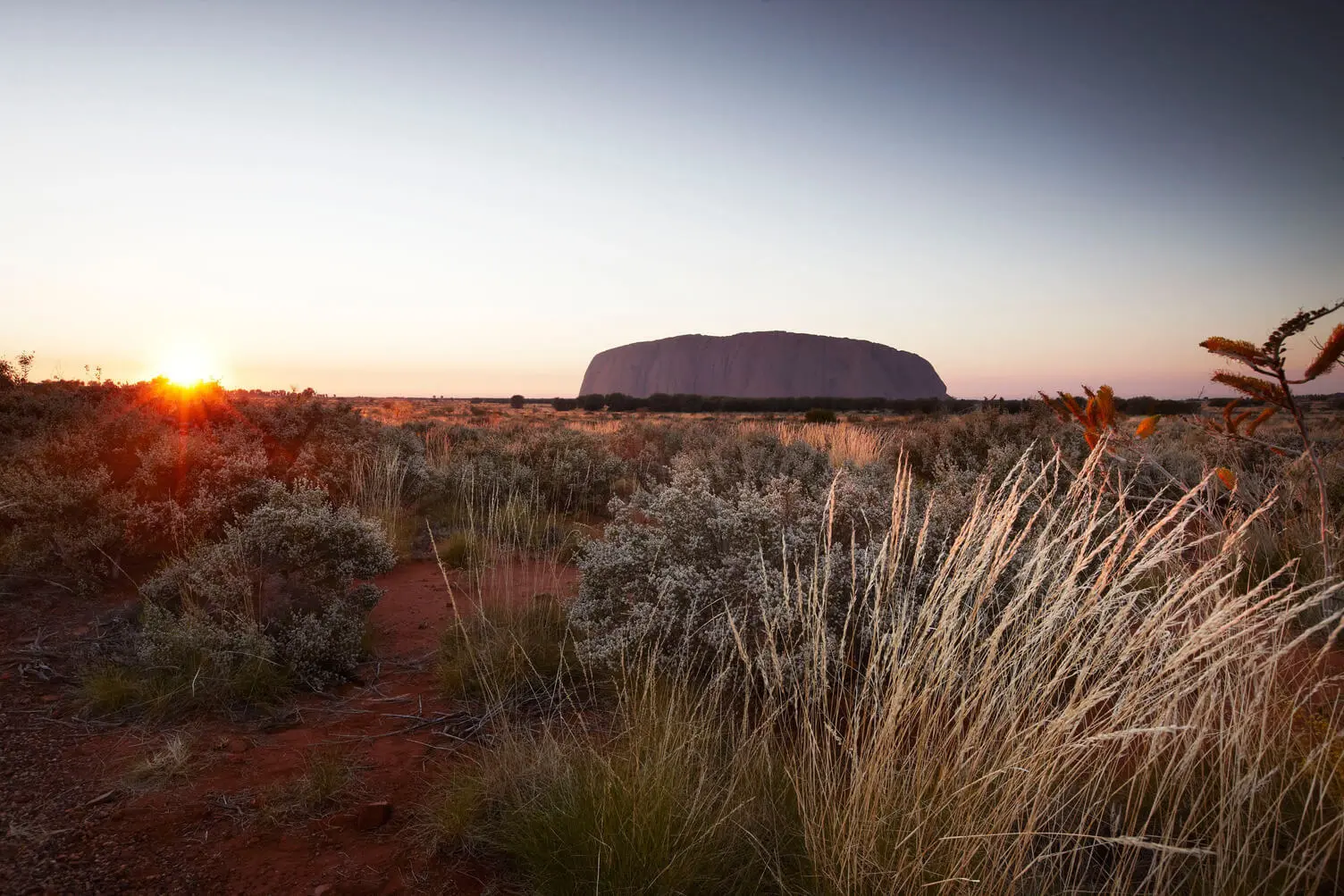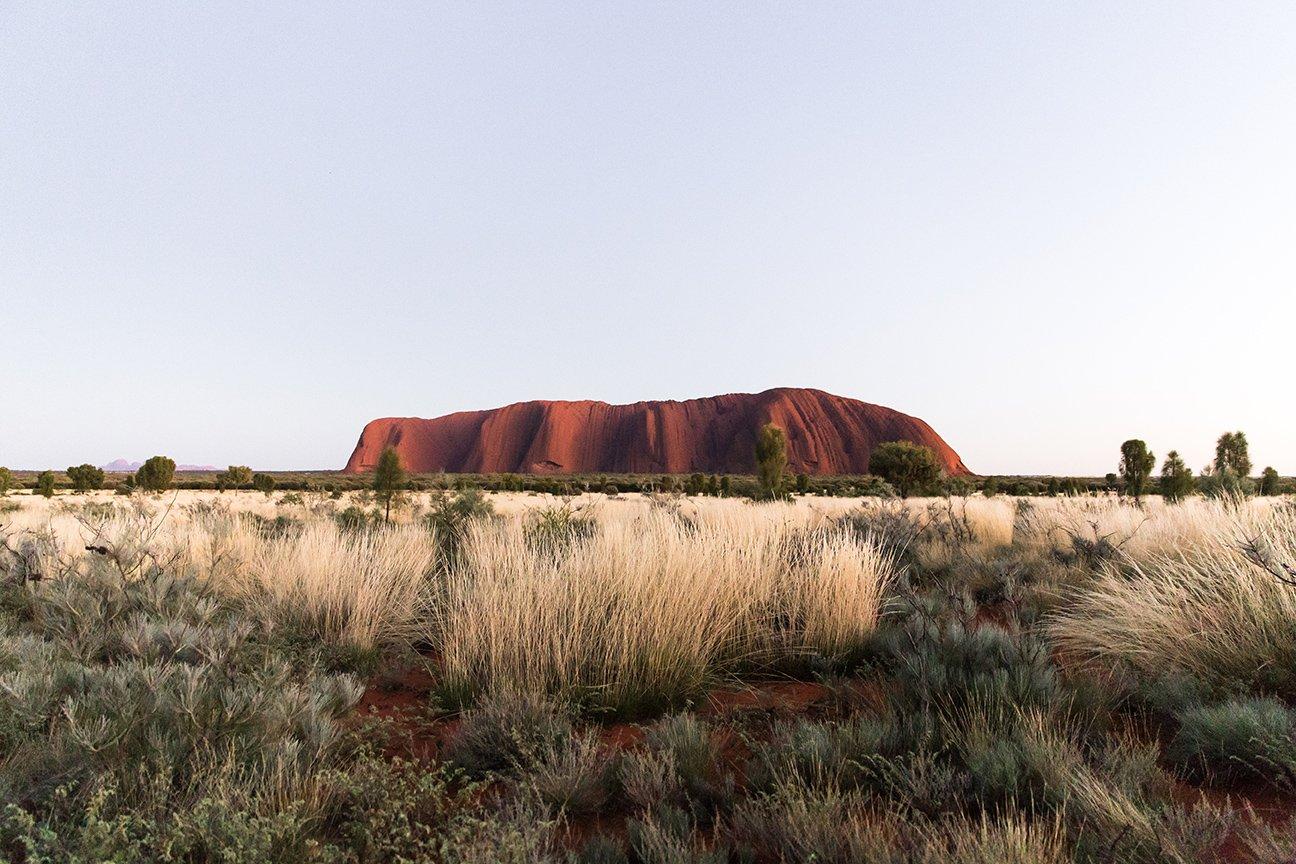Closing the Uluru Climb
On October 26, 2019, the Uluru climb closed for good. It was a day of celebration for the Anangu people, who had long asked visitors not to climb this sacred site, but that was not the only reason to celebrate.

On October 26, 2019, the Uluru climb closed for good. It was a day of celebration for the Anangu people, who had long asked visitors not to climb this sacred site, but that was not the only reason to celebrate.
Why Was the Uluru Climb Closed?
The closure of the Uluru climb tells us a lot about how tourism in the Red Centre has changed over the years. A visit to Uluru is about more than sightseeing; it is now considered one of Australia’s most significant cultural destinations. The monolith was recognised by UNESCO in 1994, when the park received a World Heritage listing for its cultural landscape, having already been inscribed for its natural values back in 1987.
Since then, the wide variety of ways to meaningfully immerse yourself in Anangu culture has grown exponentially. Visitors can enjoy a host of unique experiences, from sunrise Anangu art displays to award-winning sunset storytelling experiences and Indigenous-focused activities, allowing for a deeper connection with the ancient culture and landscape. As the range of activities has grown, interest in climbing the rock has fallen.
For years, there have been numerous arguments against climbing Uluru, one being the erosion caused by climbers has left permanent scars on the rock. The impact goes beyond erosion; with no restroom facilities atop Uluru and the lack of soil for digging, climbers faced challenges when nature called. Rainfall washed away evaporated waste, polluting nearby waterholes crucial for the survival of local birds and native wildlife.
Climbers also posed a serious threat to one of Uluru’s rarest and most remarkable species—the shield, or tadpole, shrimp, which astonishingly live on the rock itself. These tiny creatures have adapted to the harsh environment by laying eggs that can survive long dry spells, only hatching when rain falls. The shrimp grow quickly and reproduce, and their eggs remain dormant until the next rainfall. Unfortunately, unaware climbers often trampled the nearly invisible eggs underfoot, pushing this unique species to the brink of extinction.
Above all, the most important reason not to climb Uluru is its deep cultural and spiritual significance to the Anangu. For Anangu, Uluru is a sacred place, with its meaning rooted in Tjukurpa—the creation time when the world was formed. According to their traditions, the path up Uluru follows the route taken by the Mala men during their arrival, making it a site of profound ancestral importance.


How to Learn About Anangu Culture in Uluru
Since the Uluru climb closed in 2019, several new Indigenous-inspired experiences have been brought to life so that visitors can learn about Anangu way of life in the Spiritual Heart of Australia.
If you’re interested in hearing the Mala story through an award-winning drone, light, and sound show with Uluru as the backdrop, don’t skip out on Wintjiri Wiru. This experience was created in partnership with the Anangu Working Group and offers three nightly showings, from Sunset Dinner to Twilight and After Dark experiences. 1,200 drones light up the sky above Uluru each night to tell the ancestral Mala story in a whole new way.
Guests of Ayers Rock Resort can participate in a variety of daily complimentary Indigenous experiences. Join a Guided Garden Walk to learn about native flora and its traditional uses, or take part in the Bush Food Experience to discover the unique ingredients and flavours that have sustained Anangu people for generations. At Bush Yarns, hear captivating stories of culture, survival, and spirituality. The Didgeridoo Workshop offers a chance to learn about the instrument’s origins, how it’s made, and even how to play it. For art enthusiasts, the Gallery of Central Australia (GoCA) is home to a rich collection of Indigenous artworks, showcasing a vibrant and immersive look into the creative expression of Central Desert communities.
Another art experience not to be missed is Sunrise Journeys, a breathtaking blend of culture, creativity, and natural wonder. This early-morning experience brings Anangu artwork to life through a laser, light and sound show as the sun rises over Uluru. After the show, guests can enjoy a breakfast of native Indigenous flavours paired with our signature chai tea.
Explore Native Australian Ingredients at Ayers Rock Resort
When you visit Uluru, one of the most delicious ways to connect with Anangu culture is through your palate. Culinary experiences at Ayers Rock Resort are thoughtfully designed to showcase the flavours, ingredients, and traditions of the Red Centre.
Tali Wiru offers an intimate, open-air fine dining experience under the stars, where native ingredients like wattleseed, bush tomatoes, and quandong are transformed into world-class dishes paired with premium Australian wines.
For a more relaxed but equally enriching experience, Australian Native High Tea serves up a creative twist on a classic tradition, featuring bite-sized delights infused with bush foods and Indigenous flavours.
Arnguli Grill & Restaurant—named after the local bush plum—presents a contemporary Australian menu with a focus on native ingredients, all served in a warm, earthy setting inspired by the surrounding desert.
Plan Your Uluru Holiday
There are so many ways to immerse yourself in An̲angu culture when you visit Uluru, and Ayers Rock Resort is the perfect basecamp for your Red Centre adventure. Start planning your Uluru itinerary today.
